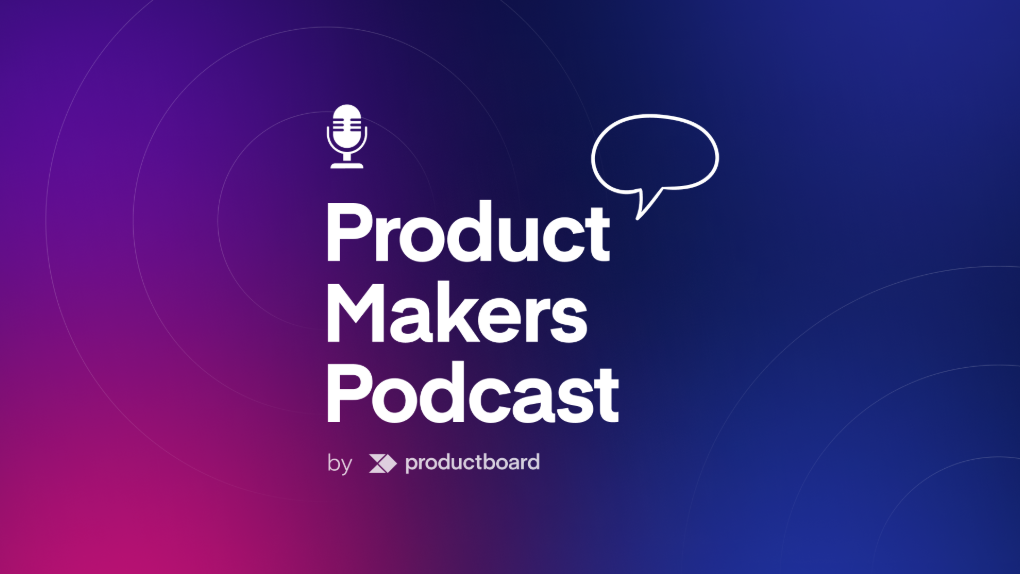Roadmap storytelling: How to share your roadmap with different audiences

“What’s the story?”
“You’ve got to tell the narrative!”
“How does it all fit in together?”
As a product manager, I’m sure you’ve heard all this a hundred million times before. One of the key competencies of any product manager or founder is to tell captivating stories that align audiences around their plans and inspire them to believe in their vision. Without a strong product narrative, it’s close to impossible to align with stakeholders and get buy-in for the things you care about.
The most important artifact to accompany any good product story is a roadmap. It helps stakeholders gain context and better understand your long-term product plans, visualize how the features shipped will support your organization’s business goals, and provides enough information to obtain their buy-in.
Of course, you will want to tailor your roadmap to your audience. For more on that, check out our last blog post on what kind of roadmaps are best to share with each audience.
In this article, we’ll outline our team’s principles for presenting roadmaps and how we use the new Loom integration. I’ll share core principles for roadmap storytelling and then look at key roadmap audiences separately. For each audience, we’ll provide an example video from a special guest star and share key principles for presenting to that type of stakeholder.
Core principles for roadmap storytelling
There are a few guidelines to follow when telling a product story:
Work backward from the vision
First, you should kick off by sharing your company’s vision, which is the reason why everyone is meeting. The company’s vision serves as the foundation for business goals and also the product roadmap. Ideally, we want every new feature or initiative to contribute to that vision.
Once you explain the vision, you should refer back to it as you go through the roadmap so everyone understands the why behind what you’re building and how it helps your company its goals.
Focus on how it changes the real world
As product managers, our goal is to change some part of the world by achieving our objectives. Telling the story of the product roadmap is about clearly defining and communicating these objectives.
Explain what is it and why is it valuable for your customers
When you’re talking about a new product or feature, there are two things you must cover. First, you must provide a brief explanation (ideally one sentence) of what you’re building. Second, you need to say why this new product or feature is important to your customers.
Don’t use jargon
As product managers, we’re used to hearing words and phrases like “OKRs”, “kanban” or “GTM,” but most of our audiences are not product managers and are not used to hearing this jargon.
Finally, it’s important to keep it short and concise and know your audience. Below, we provide examples of great roadmap presentations for specific audiences along with some tips on presenting to them. Our presenters created each of these presentations using Productboard’s new Loom integration. (Learn more about the Loom integration here).
Roadmap presentation examples
In this video, our Senior Director of Product Management is presenting Productboard’s roadmap to customers, and covers how the company will achieve its goal of moving from the ‘home of product managers’ to the ‘home of product’.
Stephen’s concise presentation clearly articulates some key releases and why it’s important to customers. He makes great use of roadmap features to show high-level timeframes without going into exact dates. He shows progress on the releases and presents mockups, which makes new features much easier for customers to understand.
Tips for presenting roadmaps to different audiences
Presenting to leadership
- Tie it to the business strategy: Each product or feature on your roadmap should contribute to your company’s business strategy and north star KPIs, so it’s important to explain this connection to leaders as you present your product roadmap.
- Make it high-level with the option to drill down: People in leadership are typically short on time, so it’s important to keep things concise. At the same time, people in leadership are often domain experts who want to dig into the details. For example, you might get a question about your objectives and the specifications of a new feature. Using Productboard’s Loom Integration, you can record short video walkthroughs for any roadmap while giving them a link to the roadmap where they can self-serve and obtain more detail on your product plans.
Presenting to the whole organization
- Be customer-centric: With Productboard, you can easily show feedback from your customers while you explain what the feature is and why you’re building it. By sharing this with the whole organization, you can help everyone in your company stay aligned on customer needs.
- Don’t use exact dates: One of the most common headaches for product managers is sharing a date with, say, a salesperson, and then the salesperson mentions the date to a customer who signs a contract based on that information For this reason — and I can’t say this enough — you should avoid providing specific dates and timelines to your all-hands audience, including your customer-facing teams.
- Keep it high-level: On top of dates, it’s best to avoid anything resembling a user story, acceptance criteria, or other kind of technical detail.
Presenting to customers
- Use marketing speak: When presenting the roadmap to customers, it’s important to use public-facing descriptions instead of technical product requirement documentation. For example, in the videos above, we use Portal descriptions and imagery to convey the value of each new feature on the roadmap to customers.
- Tailor it for the customer: Every customer has a unique set of problems and use-cases. Use your roadmap and story to address your customer’s specific concerns.
- Provide high-level timeframes: Unless your product or feature is mission-critical to your customer, it’s best to stay away from exact dates and instead use time horizons.
Wrapping up
It doesn’t matter if your roadmap is for a feature at your startup or a new product at your more established company, the principles for great product storytelling are broadly the same. Use the principles above to up-level your roadmap storytelling and make products that matter. See how Productboard can help you on your roadmapping journey here.





